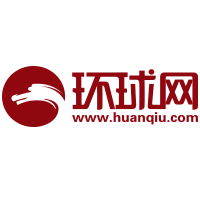
Zhuangzitian village group in Wenshan city, southwest China's Yunnan Province, has a typical karst landscape. With over 85 percent of the land suffering from rocky desertification and less than 1.9 mu (0.13 hectares) of arable land per person, farming here was once extremely difficult. Large-scale cactus cultivation has reversed rocky desertification, transforming once-barren hills into valuable land and drawing villagers back to launch their own businesses.
"One mu of cacti can bring in over 10,000 yuan (about $1,392) from both the fruit and pads," said 69-year-old Tang Tianzhang, one of the first villagers in Zhuangzitian to grow them. To promote collective development, Zhuangzitian set up a cooperative. With government support, the village group built workshops, installed sorting and dry-cleaning equipment, and added cold storage.
By the end of 2024, Zhuangzitian had 5,000 mu of cacti under cultivation and local villagers had sold 7 tonnes of dried cactus flowers, 3,500 tonnes of cactus seedlings, and 650 tonnes of cactus fruits, generating 10.88 million yuan in revenue. The average annual income of villagers had risen from just over 8,000 yuan to 23,600 yuan.



















